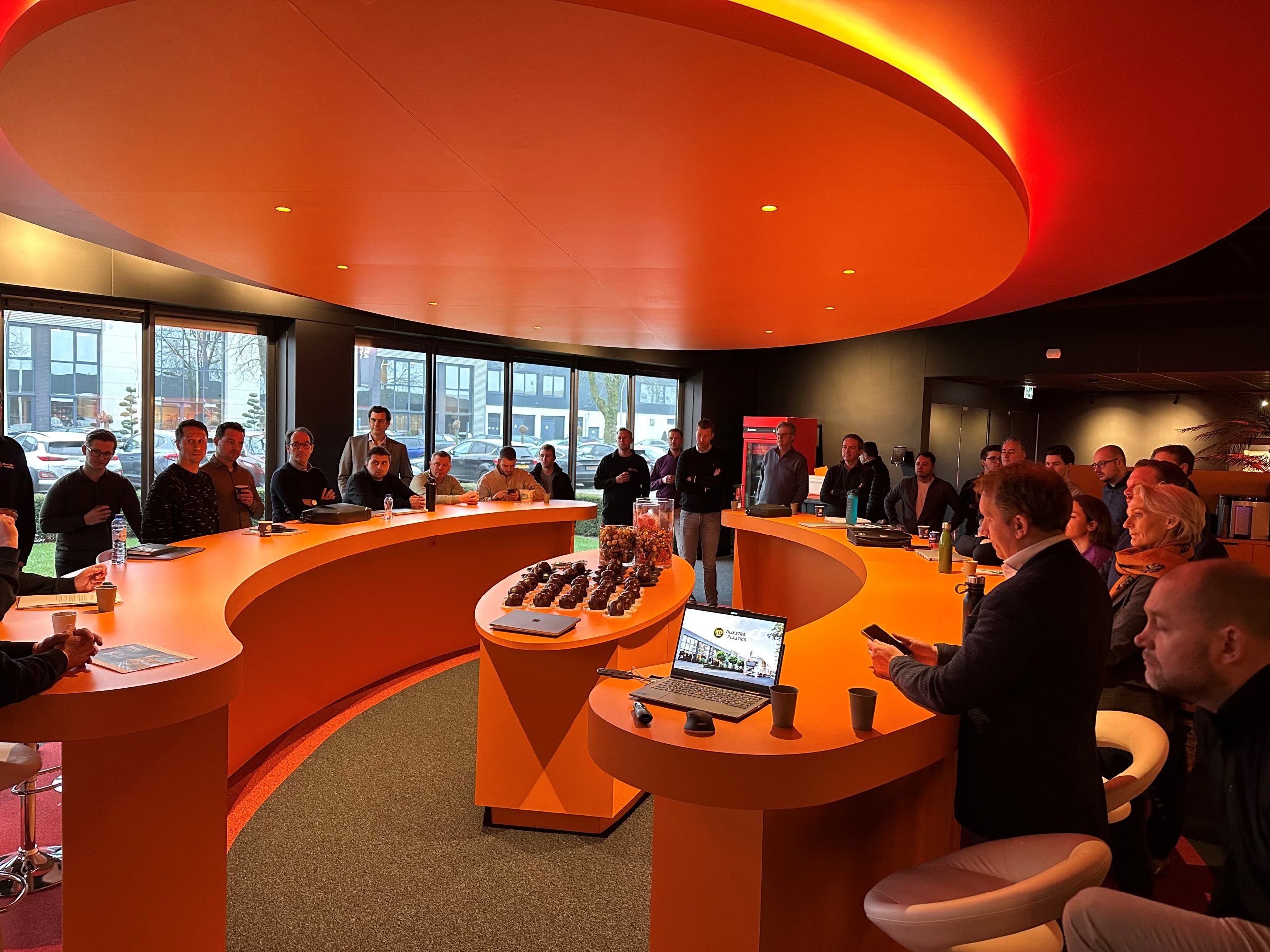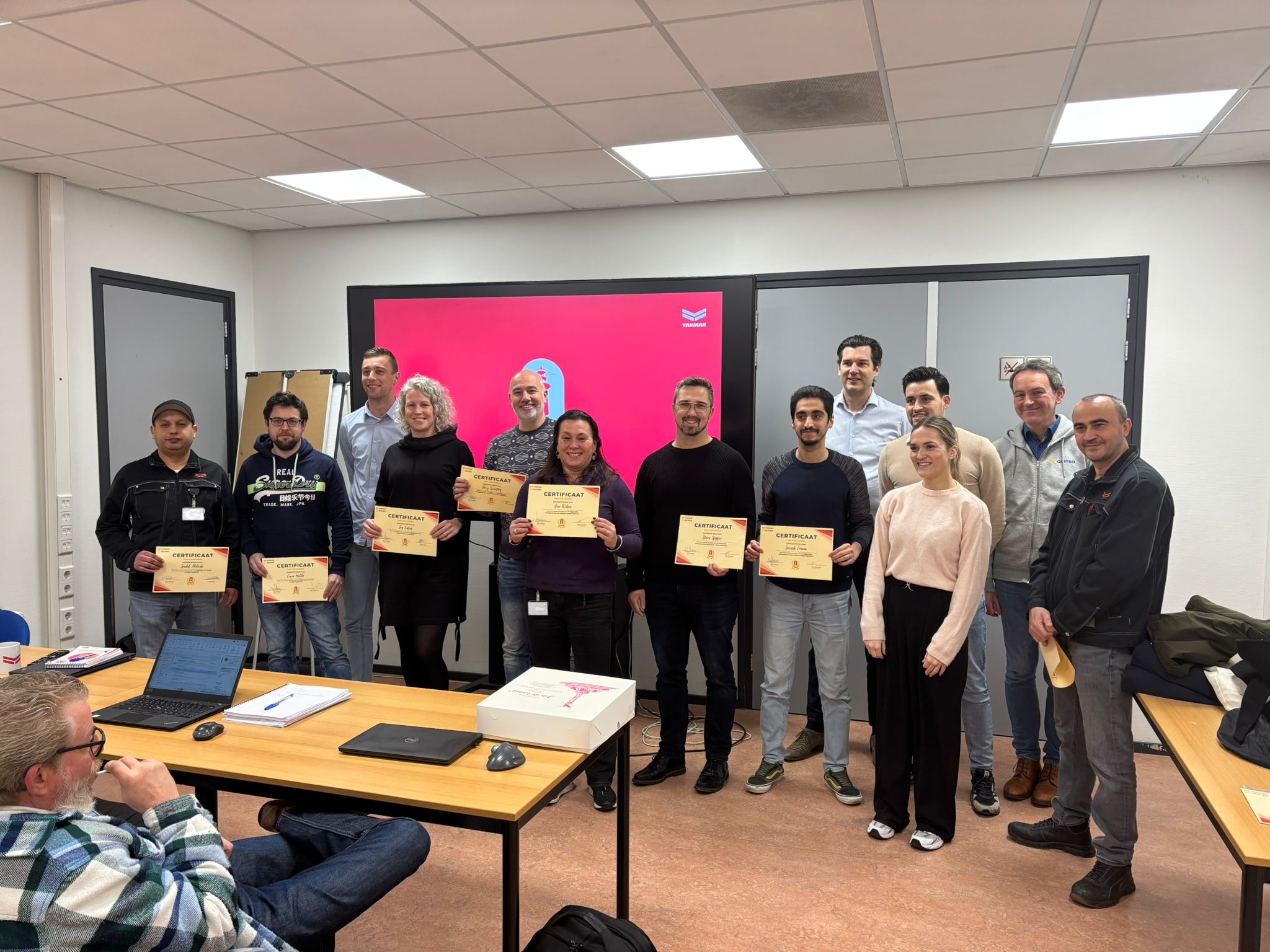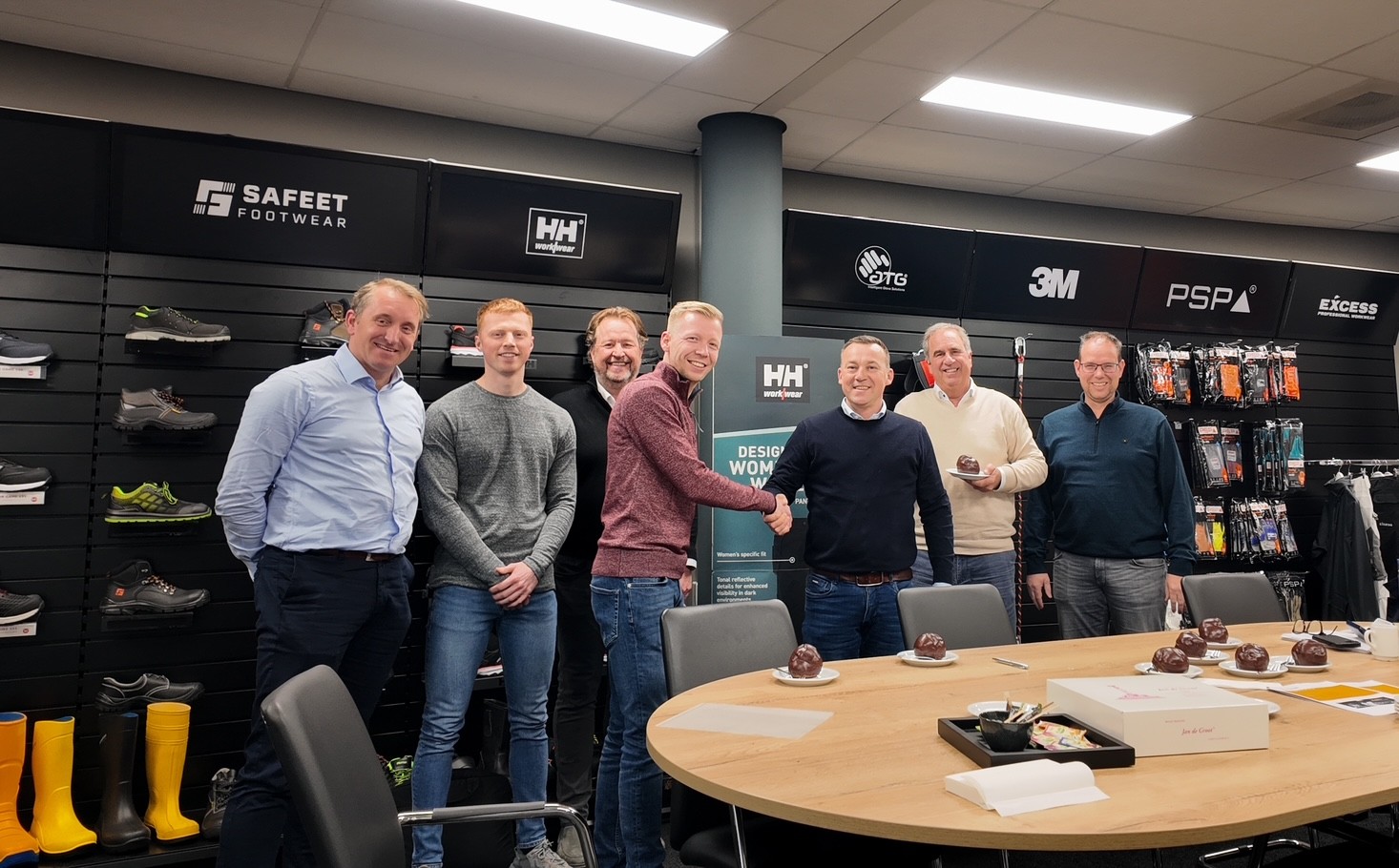A lot of companies are at a crossroads, in 2027 SAP will stop using WM. The evolution of technology and the market force us to look critically at current warehouse processes. Have you thought about the future of your warehouse management system? What solution is needed to get your warehouse ready for the coming years with the least amount of effort? A good time to take stock. In this blog, we discuss SAP Extended Warehouse Management, among other things.
By Stef Martens and Joos van den Wittenboer
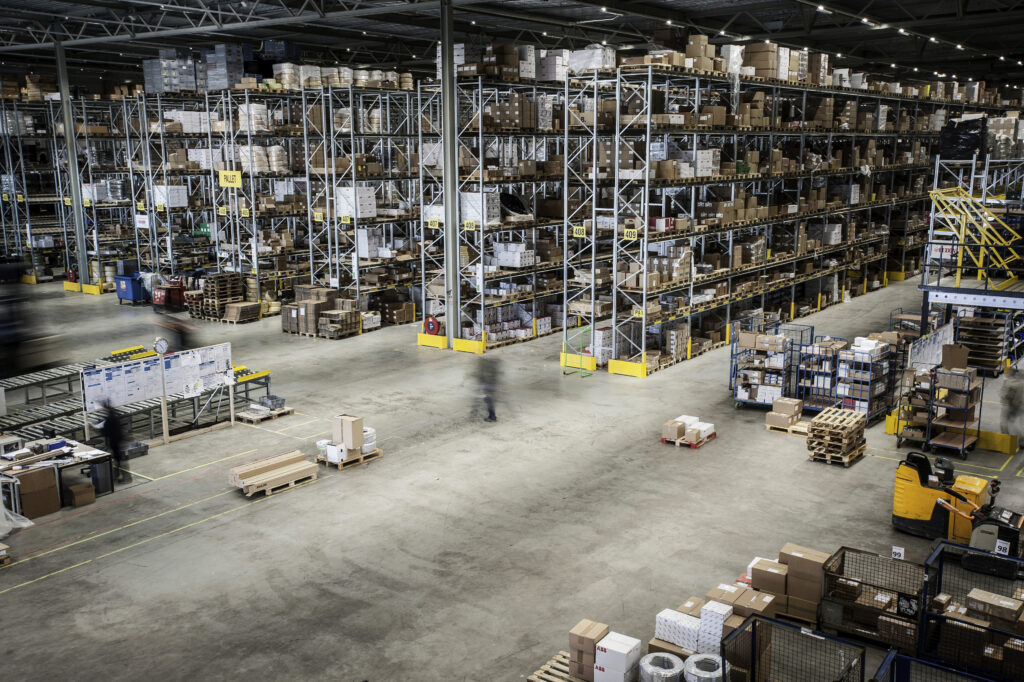
We are happy to take you through that surely complex decision-making process. We will also talk about the opportunities that are already out there. Because, SAP wouldn’t be SAP if they haven’t already developed a successor to SAP WM. Step by step we cover the topics, we call them pillars, with which you build the warehouse of the future. What changes are needed? How will you make sure your people go along with this? What do you take with you, and most importantly, what do you dare to let go of?
A real revolution
About 25 years ago, SAP Warehouse Management was launched. At the time, a huge revolution in warehouse processes. Order picking, inventory management and administration. A successful solution for many companies for years. But times are changing. Everything moves faster Needs to be faster Cost savings and sustainability are increasingly gaining importance. Stocks we prefer to have as small and short as possible. If we are to continue to be able to meet customer needs, speed and convenience are becoming increasingly important. The more flexible the warehouse process, the easier we can respond to all processes within the company, online and offline. In short, the classic basic functionality of a warehouse management system no longer suffices. Time for something that does fit.
The next step: SAP Stockroom Management or SAP EWM?
Once again SAP proves that it is a specialist in warehouse software. There are already 2 solutions ready, to succeed SAP WM: Stockroom Management and Extended Warehouse Management, both in S/4HANA.
Stockroom Management
SAP Stockroom Management is an intermediate step for companies that cannot or do not yet want to make the switch to EWM immediately. It focuses on the basic processes in a warehouse, making it well suited for small warehouses with manual operations. It includes the basic functions of Warehouse Management, but not extended functions such as LE-TRM or LE-LSR. As far as we are concerned, this solution also offers a great advantage for companies looking to move to S/4HANA. With SAP Stockroom Management, you can speed up implementation and minimize risks.
Extended Warehouse Management (EWM).
The performance level of this solution is significantly higher than that of SAP LES-WM, the existing module, and SAP Stockroom Management. Voice picking, hands-free working and even automatic control of the warehouse are among the possibilities. In addition, it works many times more flexibly than current systems. Merging tasks, splitting them or running them in parallel, the built-in cockpits and KPIs that provide real-time overview mean that you are constantly aware of the status of the process. Control of all processes inside and outside the warehouse. EWM is also easy to implement with SAP S/4HANA.
Hybrid
Then there is a third solution: the hybrid solution. This is a combination of the first two. It provides the ability to make specific settings at the warehouse level. Great for companies with multiple warehouses.
There is only one answer: look for the solution that fits
As mentioned above, in 2027, SAP will stop further development of SAP Warehouse Management. Despite the investment it requires, we see this occasion as an opportunity. After all, companies that commit to better technology strengthen their competitive position. Now that you are essentially forced to choose a new system, we recommend that you take a close look at the entire warehouse process. Critically evaluate the current system and have the guts to prepare for the future with a possibly different approach than the one that ensured success in the past. The final choice is certainly not made one, two, three. We ourselves work on the basis of three pillars, which we use to guide our clients through the process. Using interviews and (question) lists, we determine what the migration needs are and what bottlenecks might be:
Pillar 1. Process/functionality
What does your business need? What adds value to the logistics process? Is that yard management, for example, for prioritizing arrivals, identifying trailer content, reducing the time it takes to assign freight to trailers and preventing unnecessary vehicle movements?
Pillar 2. Technology
New techniques and technologies allow us to work more and more efficiently. SAP Extended Warehouse Management is a good example. It is an advanced package. To give just one example, there is a good chance that some custom-built functionalities in SAP WM can be replaced by standard EWM functionalities. Increasingly, we see companies opting for best practices supplemented by customization. This is becoming a real trend.
Pillar 3. Organization
Implementing a modern warehousing solution is complex and thus a considerable burden on the logistics and IT organization. It also has an impact on the rest of the organization. Employees are required to adapt, when in fact people are naturally reluctant to change their ways of thinking and working. We believe it is important that the focus of change management is on the people directly affected by the changes. These three topics will help you get people moving:
- Clear communication to employees. Not just the rational side of change, but rather the emotional aspects must be communicated.
- Employees must feel involved in the changes. Change must be theirs and for them.
- Changes must penetrate deep into the core of the organization. Employees often get stuck in old behaviors. Once implemented, the changes must therefore be emphasized for an extended period of time so that they become an inherent part of the organization.
Seeing first, then believing
One company that has recently, successfully, been using SAP Extended Warehouse Management is De Klok Dranken, part of Grolsch, the wholesaler that supplies on-trade establishments throughout the country with on-time beverage supplies. In the past, they did everything on paper. Substantial growth increased volumes, the assortment expanded and they gained more and more customers. This put pressure on the analog warehouse processes resulting in long picking lists and a poor overview of inventory. It became unsustainable for the company to continue like this. Digitization was needed.
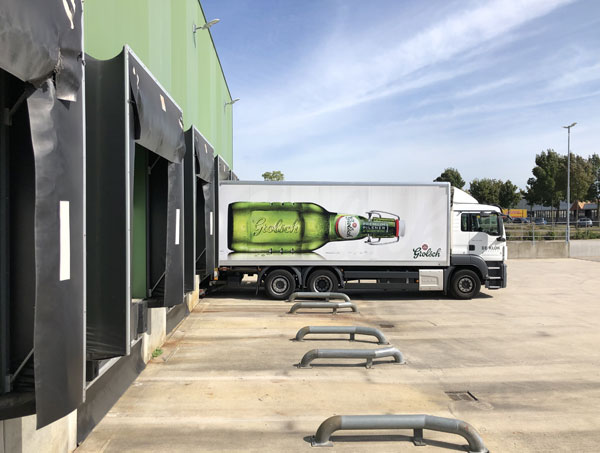
During the digitization process, Quinso set up as many of De Klok’s work processes as possible according to proven best practice standards for retail. As a result, only 20 percent of the processes had to be modified for De Klok specific processes. Following best practices ensured a short implementation time and made it easy to quickly take follow-up steps with SAP EWM. And thanks to RF scanners and voice picking, De Klok Dranken now works truly paperless in its five distribution centers.
Harry Smits, responsible for distribution and customer service at De Klok Dranken, explains why the organization decided to digitize its distribution processes (watch the video).
Are you that logistics, IT or supply chain manager? And would you like to increase your content knowledge that will help you choose the best solution for your warehouse? Then watch the webinar ‘From SAP WM to EWM. Which route do you choose?‘ back. Stef Martens and Joos van den Wittenboer, experts in the field of SAP logistics solutions, would like to take you through how to make such a complex process a success. Upon completion, you will know what it takes to achieve a future-proof warehouse.

